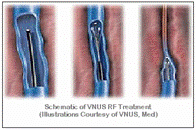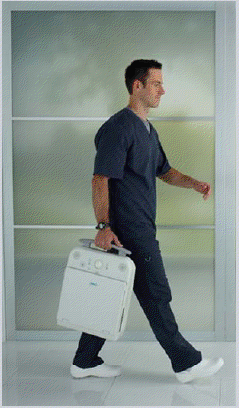There was a time when the sales process was glamorous and meaningful. A physician would develop a relationship with a salesperson, be treated to celebratory dinners, become a reference site for purchasing the newest release of imaging software. Now there are laws that prohibit salespeople from almost buying a customer a cup of coffee, most of the ultrasound systems are comparable to one another and buyers are becoming savvier with their equipment purchases. In addition, budgets for everyone are tight, so trade show attendance is noticeably down.
So how do physicians purchase equipment today? Do they defer to the folks in purchasing who send out RFPs and buy based on price? Are relationships still a driving force? If for example, you bought an Acuson Sequoia system based on its performance AND your relationship with the salesperson, would you trade it for a GE Vivid 7 because your contact changed companies and went to GE? Is buying off the internet still an option? Experience has shown that purchasing from sites like eBay leave the customer in a lurch post-sale, no ultrasound system training provided, no warranty, not getting certain features enabled that you thought were on the system.
At United Medical Instruments, Inc. we have aligned with certain vendors whose equipment we feel is superior for certain clinical applications, but mostly, we work as a partner with the customer to really assess what your present needs are as well as future needs to ensure we match you with an ultrasound system that will allow you to grow your practice. Contact us to learn more.





